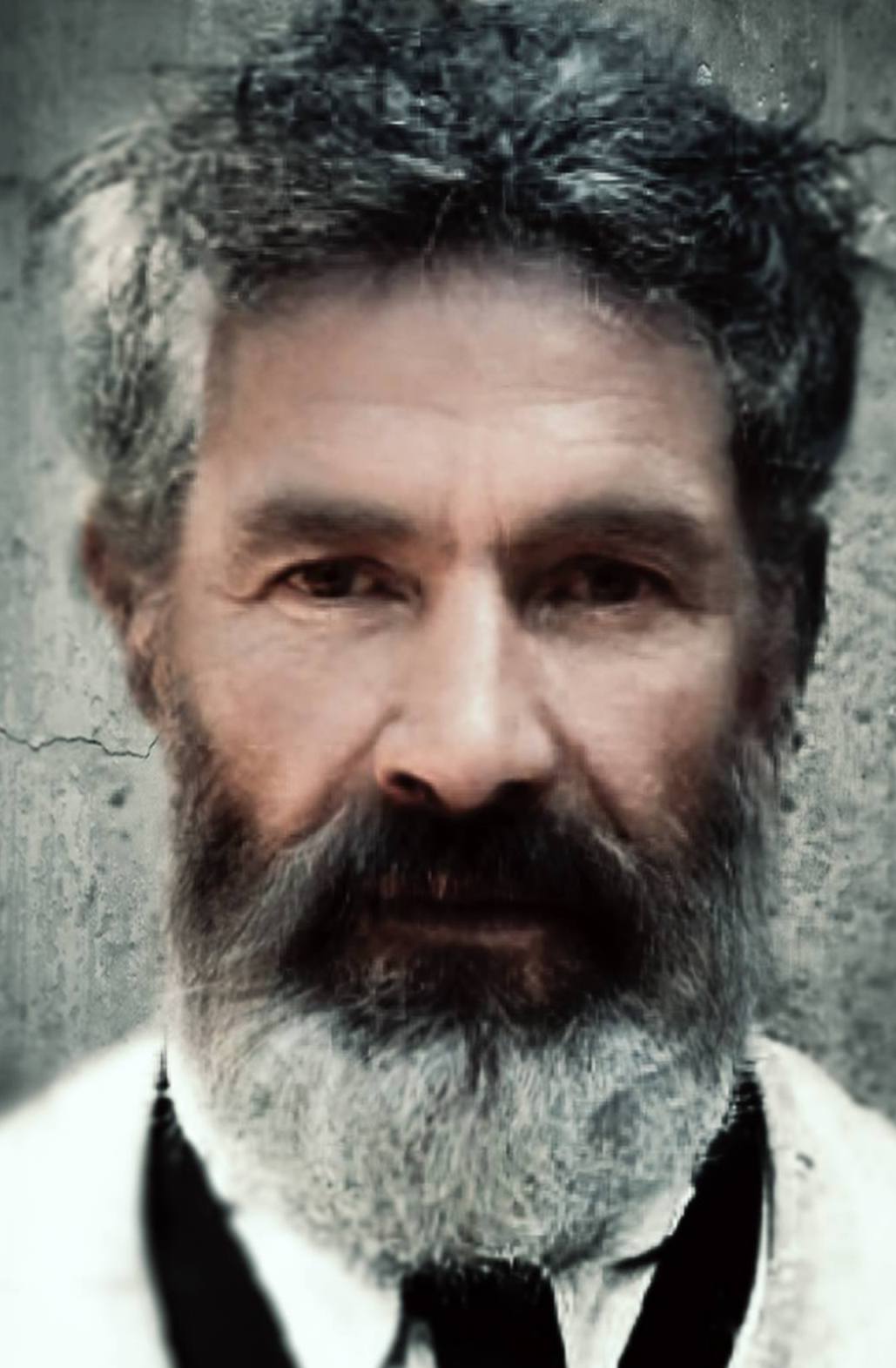
1876 - 1957
Constantin Brâncuşi
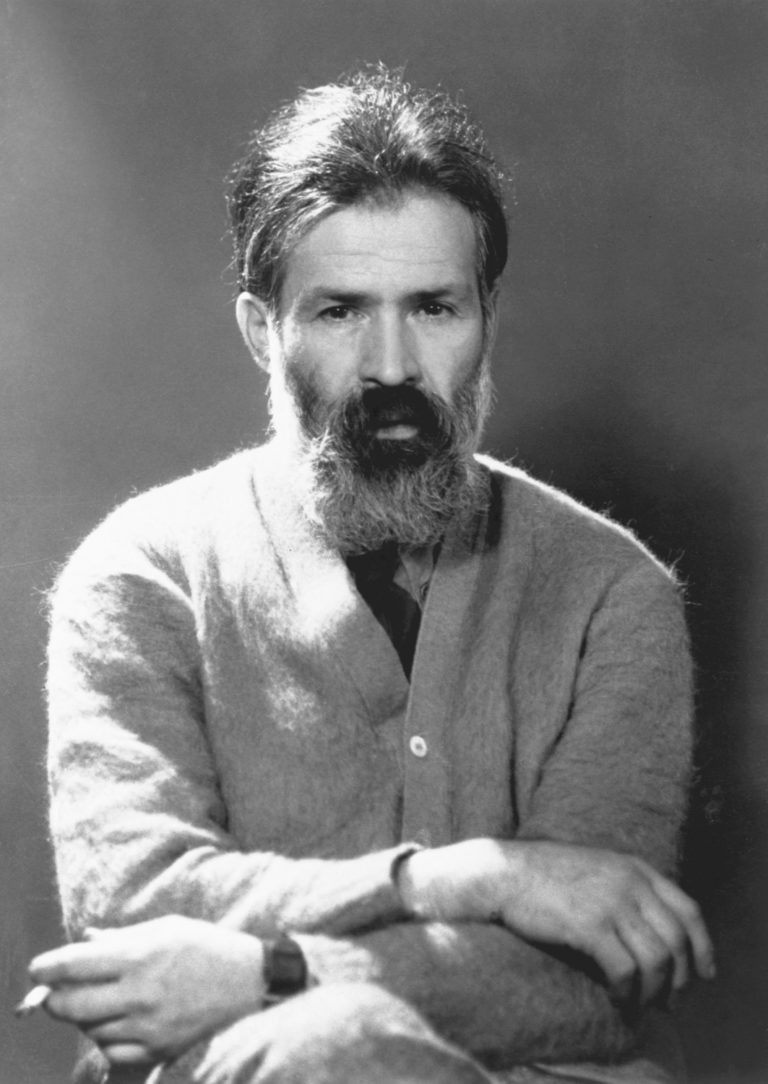
description
An outstanding world-famous Romanian sculptor, who made most of his creative career in France. He is one of the main founding artists of the abstract sculpting style and the brightest representative of the Paris school.
Konstantin Brancusi, who was famous in avant-garde art of the 20th century, led the sculpture to revolutionary simplification of forms. This was not a simple exercise in plastic design but a real interpretation of the rhythm of the modern life. At the same time, the master, who worked in stone, bronze and wood, showed the highest technical skill. Through the emphasized formality and the apparent poverty of a shape, he revealed the inner beauty of the materials he used, freeing it from superficial manifestations.
The proof that the art of Brancusi was not just empty abstraction but was filled with high content is the extraordinary popularity of his works during the life of the master and now. The pioneer of abstract sculpture was widely known in Europe, America, and also thanks to his admirer and follower I. Noguchi in Japan; but he never forgot his roots. The sculptor received large orders from Romania, including for park memorials.
The artist’s legacy is also in demand in the 21st century. Despite the fact that the author frequently copied his sculptures, they are estimated at tens of millions of euros or dollars in the modern art market.
Since its opening, the Georges Pompidou Center in Paris has a separate room with sculptures by Constantine Brancusi – the author bequeathed his works to the French people.
Key ideas:
– The sculptor used the expressiveness of stylized fluid contours, preferred integral volumes and dense texture of materials to create generalized and symbolic images, such as “Prometheus” (marble).
– Over time, enhancing laconicism and using the geometric abstractness of forms, the sculptor switched to a sculpting manner close to abstraction. Brancusi created a new style, abandoning nudity and almost all methods of conveying romantic themes. The sculptor invented (or adopted from archaic masters) a performance technique, which he called the direct cutting method. The most striking example is his work “Kiss” (1907, stone).
– Brancusi, seeking lapidary simplicity of the form, actively used the traditions of Romanian folk art, the folklore of the Cycladic and African cultures. This was organic to the very sources of his talent, because the artist always emphasized, even keeping in touch with representatives of the Parisian elite, that he was a peasant son.
– The artist is rightfully considered one of the pioneers and founders of abstract art in the European sculpture tradition. His simplification of forms was not just an exercise in plastic design, but a real interpretation of the rhythm of life. The art of the Romanian master is both primitive and avant-garde.
– The original forms of the sculptor (for example, “squeezing” the head, created as a separate sculpture), give a vivid idea of the nature of the object, that is, they are not just abstractions but are filled with content that was perceived in contemporary avant-garde circles and by generations of young creators.
1876
1898
1904
1913
1919
1927
1935
1939
1949
1955
1956
1957
The birth of the artist
Laocoon's Head
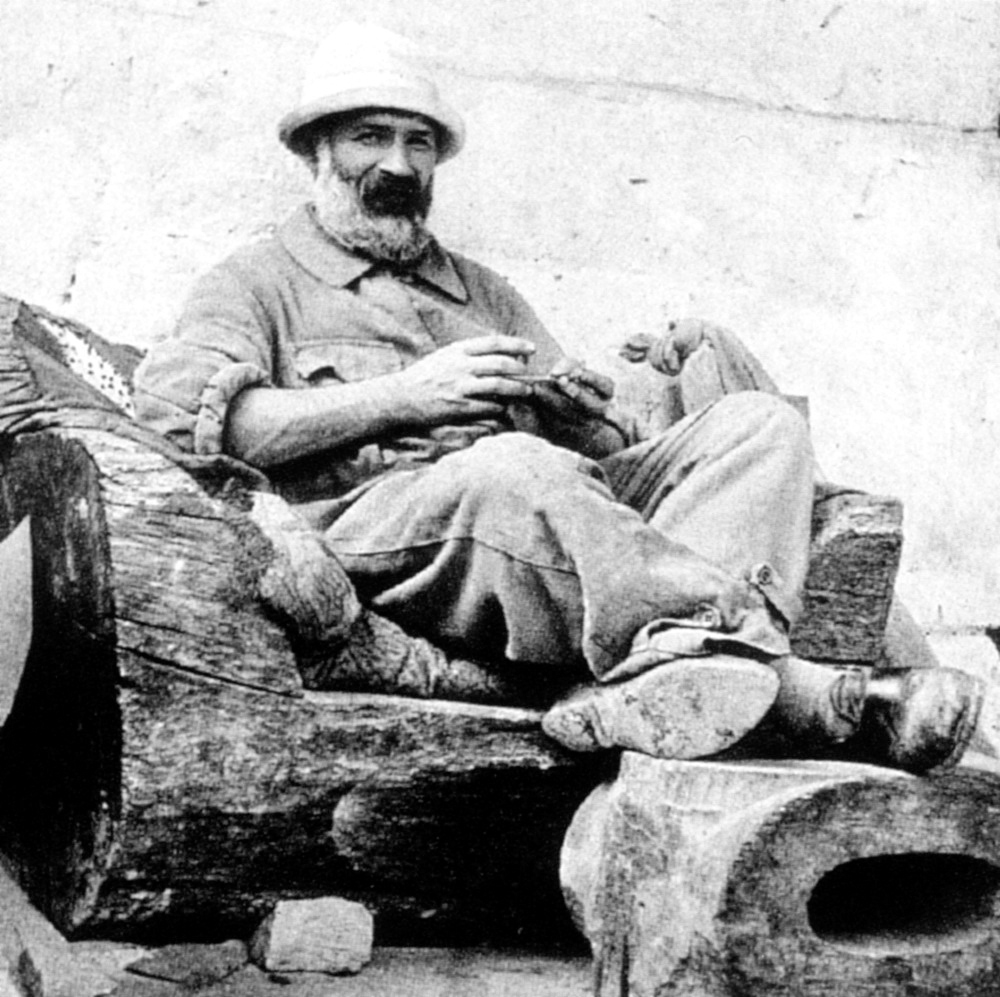
In Paris, he entered the School of Fine Arts
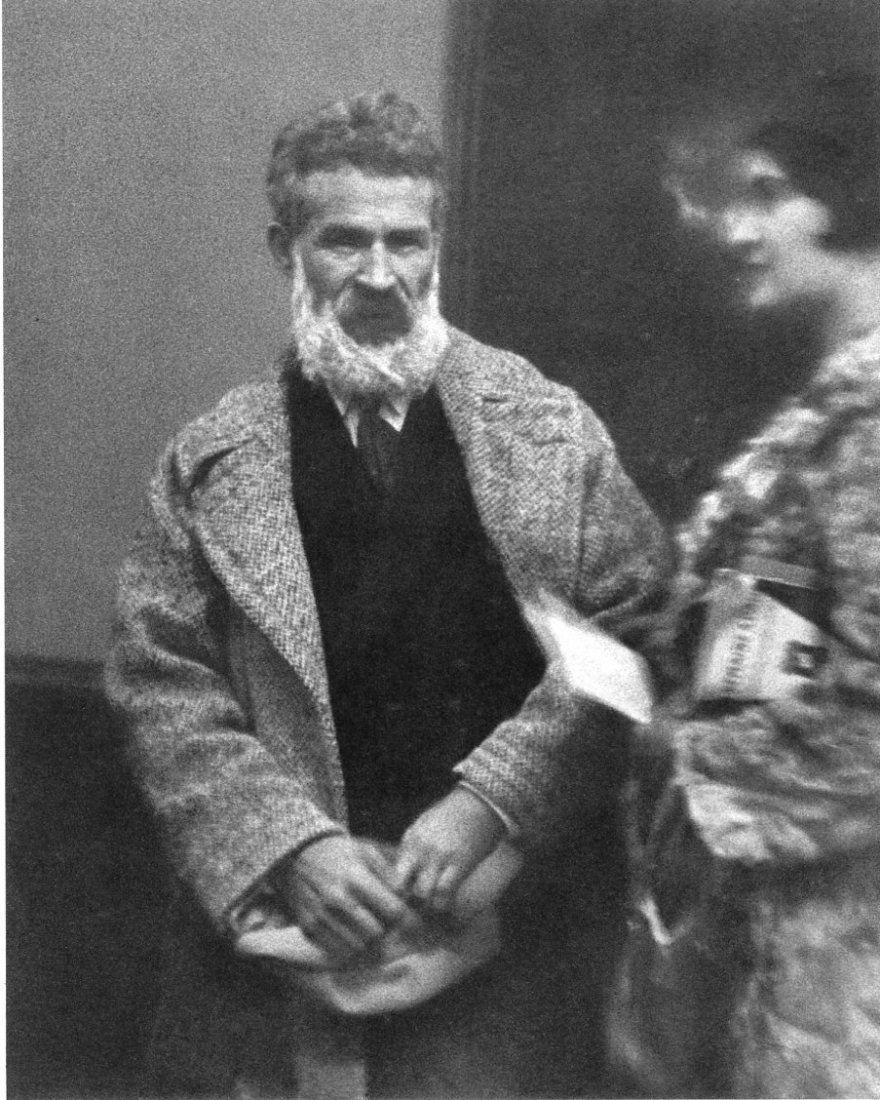
Five sculptures by Brancusi were included in the Armory Exhibition in New York

He met avant-garde composer Eric Satie

“Bird in Space”
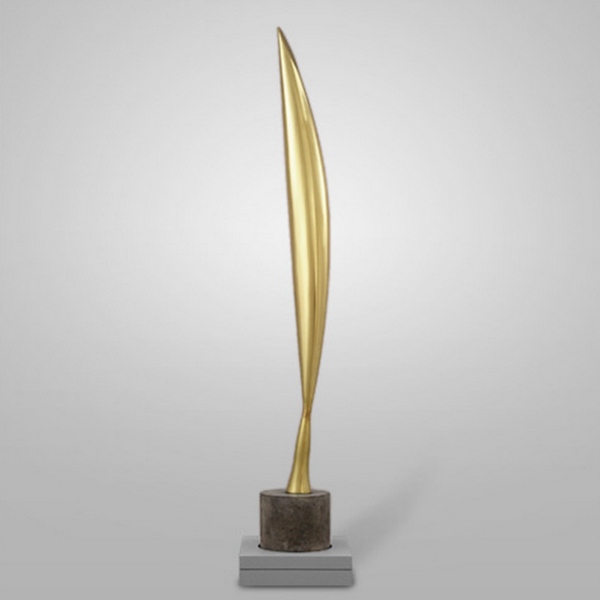
Brancusi was commissioned to create sculptures for the Romanian war memorial

Brancusi moved from France to the United States

«Grand Coq»

The first retrospective exhibition of Brancusi’s work took place abroad
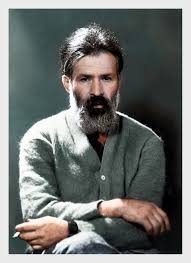
Brancusi bequeathed his studio with all its contents to the French Republic

The death of the artist
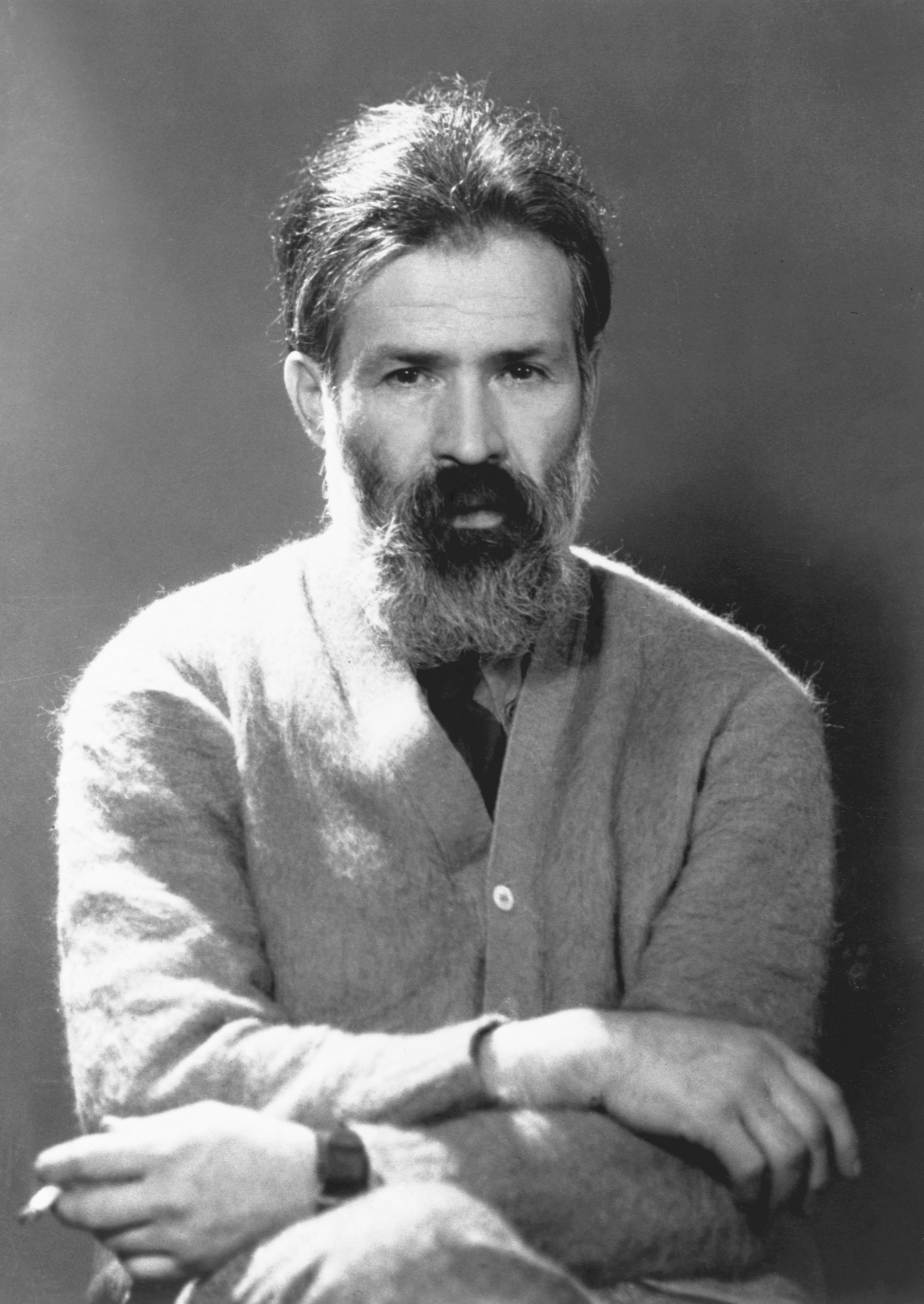
Constantin Brâncuşi
On Artist
flow
Symbolism
Primitivism
Minimalism
Cubism
Abstractionism
friends
Man Ray
Fernand Leger
artists
Pablo Picasso
Amedeo Modigliani
Alexander Arkhipenko
By Artist
flow
Surrealism
Abstract expressionism
friends
Marcel Duchamp
Henri Matisse
artists
Henry Moore
Louise Bourgeois
Max Jacob
Richard Serra
Isamu Noguchi
